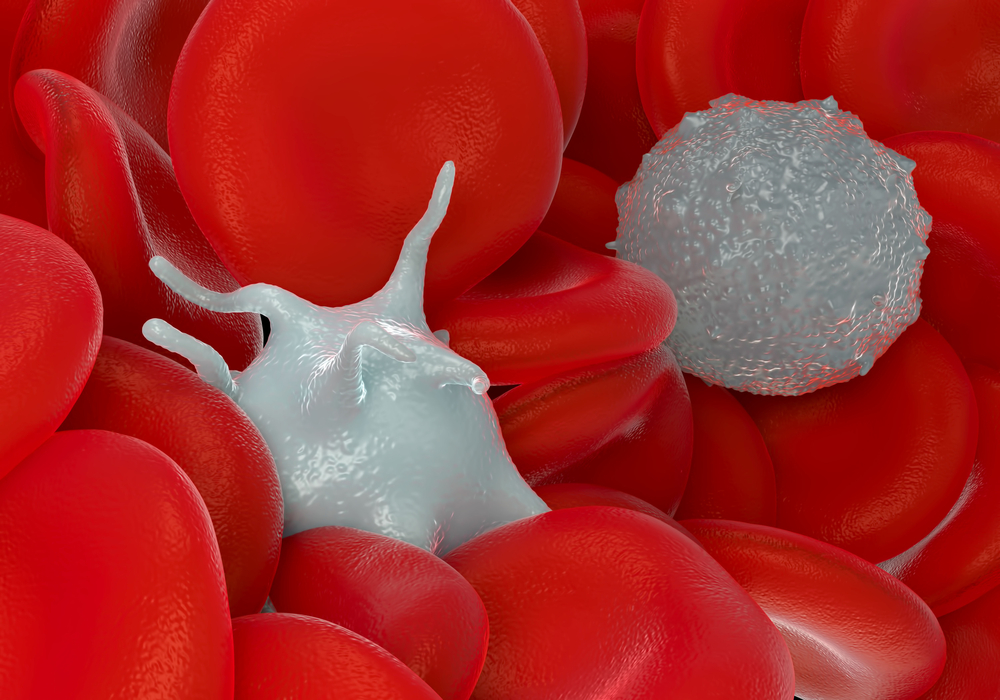Friedreich Ataxia Biomarker Found to Exist in Platelets

In a recent study, entitled “Stable isotopes and LC–MS for monitoring metabolic disturbances in Friedreich’s ataxia platelets” and published in the journal Bioanalysis, U.S. researchers show that platelets from Friedreich’s ataxia patients can be used as a biomarker of the disease and as a tool to investigate novel FDRA therapeutic approaches.
Friedreich ataxia (FA), the most common inherited neurodegenerative ataxia, arises from FXN gene mutations (GAA nucleotide hyper-expansions) affecting frataxin production, an important Fe-S metalloprotein for cellular respiration. This disease causes several metabolic alterations, affecting various tissues such as the heart and the spinal cord. Currently there is no effective treatment for this disease, so novel ways of testing and assessing drug effects on FA patients’ dysregulated metabolism are needed.
In their work, which included 10 FA patients and 10 healthy controls with similar ages, the researchers evaluated the glucose and fatty acid metabolism in platelets obtained from all participants using radioactive metabolite isotopes. Platelets can be collected and isolated by relatively easy and non-invasive means, are enriched in mitochondria — the cellular organelle where frataxin is functional — and are metabolically active. The team found that isolated platelets from FA patients exhibited a marked decrease in glucose incorporation and a concomitant increase in palmitate-derived acyl-CoA thioesthers in respect to those isolated from healthy individuals. FA platelets thus have diminished oxidative phosphorylation capacity and an increased lipid metabolism, which might help to maintain cellular homeostasis during mitochondrial dysfunction. The findings suggest that targeting lipid metabolism to amend these alterations might have helpful therapeutic effects.
Altogether, these results show that platelets’ Krebs cycle and lipid metabolism can be a useful biomarker to assess therapeutic interventions targeting FA, including those aiming at elevating frataxin cellular levels. This approach might be highly beneficial in evaluating the outcomes of not only FA clinical trials, but also those of other diseases that cause metabolic dysregulation. Moreover, due to the short circulating lifetime of platelets, adaptation times to a therapy can also be obtained, further increasing the applicability of this approach.






